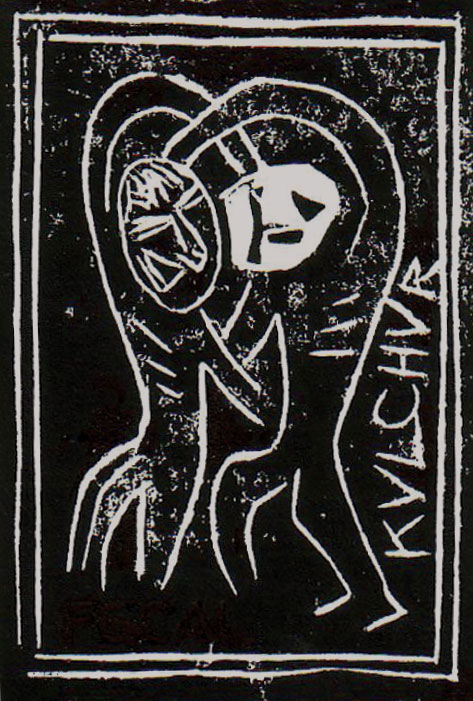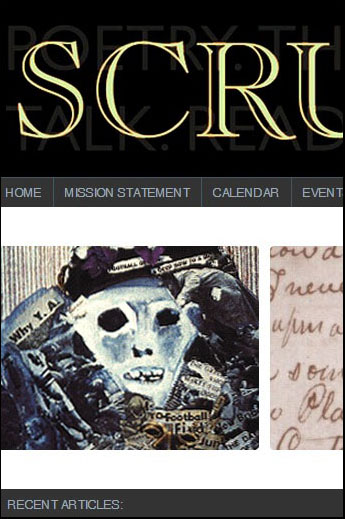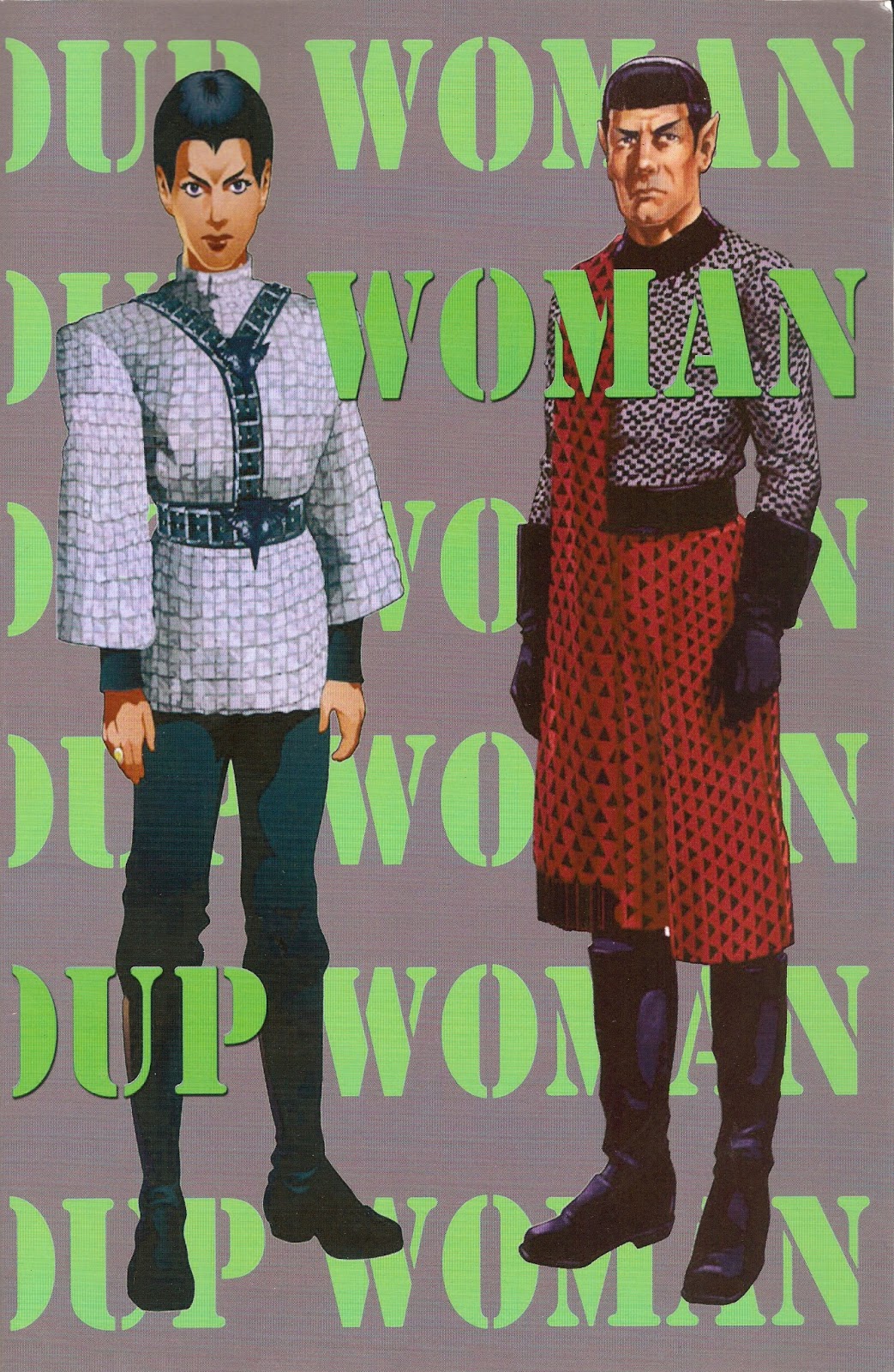SOTERE TORREGIAN | ENVOY
May 26, 2010 — the day my family and I flew into San Francisco for a whirlwind tour of love and affection — I had the incredible privilege of introducing Sotere Torregian at Moe's Books in Berkeley for the launch of Envoy, a book I published a couple months earlier. Recognizing my nerves would be shot and my brain would be trash after a six hour flight from Buffalo, I hastily sketched out an introduction in advance. Here tis:
SOTERE INTRO—MOE’S BKS—WEDNESDAY 26 MAY 2009
Since many of us here are more or less familiar with Sotere Torregian’s published work and the scope of his accomplishment, it might be appropriate to begin in media res—that is: we know he traces his ancestry to the Aghliabid Dynasty of Moorish Sicilian rulers and to Greece, Ethiopia, the Levant, the Maghreb and Central Aisia; we know he was a rogue figure among second generation New York School poets that contributed work to journals like Ted Berrigan’s C magazine; we know he left New York to aid in organizing the African-American Studies program at Stanford in the sixties; we know friend and fellow-surrealist Philip Lamantia provided a stunning foreword to his second collection, The Wounded Mattress, published by Oyez in 1968; we know first collection, The Golden Palomino Bites the Clock was published by Anne Waldman and Lewis Warsh in 1966. What I did not know—though others may have—was that Torregian’s investment in surrealism extends well beyond the limits of North America, as far at least as Senegal, the home of Leopold Sedar Senghor, a figure with whom he has corresponded and discussed surrealist strategy. Traces of that correspondence are embedded in Envoy, a brief constellation of poems I recently had the privilege of editing and publishing. While on the surface the selection of poems in the book may seem eclectic or organized around nothing more than the accident of time, there is in fact a sense to their arrangement and the poems, both individually and as a collection, enact nothing less than Aime Cesaire’s clear sense of the poem: “What presides over the poem is not the most lucid intelligence, the sharpest sensibility or the subtlest feelings, but experience as a whole.” In Torregian we have lucid intelligence and sharp sensibility—but most importantly we have a practice that angles toward the whole of experience. Any sense of a whole—a hole—insists on a fluid and productive commerce between an “inside real” and an “out sidereal,” or what Torregian refers to in the title poem of Envoy as “the course … between the madhouse and the abyss.” And for Torregian this course is plotted and traveled by nothing less than the force of desire.
This desire—desire as the single-most essential instrument of cultural production—is palpable in Envoy. Appropriately the book is dedicated to David Gascoyne. In his Short Survey of Surrealism Gascoyne insisted that the surrealist artist maps “the image of his desires and obsessions upon the concrete, daylight world of objective reality; he actively takes part in ‘accidents.’” While I think Torregian’s sense of surrealist practice is fundamentally more dialectical than Gascoyne’s remark suggests, the extent to which Torregian brings the force of his desire to bear on the material limits of his living cannot be overstated. His very manuscripts are a testament to this force. And I say his manuscripts, NOT his published texts. By the time any of Torregian’s poems appear in print the terms of the accident have been largely washed away. Painstakingly constructed on anything from ruled notebook leaves to card stock or other materials, Torregian’s manuscripts stubbornly sabotage any attempt to reproduce the poems for wider circulation. They are an enduring performance—at one and the same time visual image and text, autograph manuscript and typescript but they are never reducible to the categories through which art is often mediated. And they violently resist reproduction. Indeed, neither faithful transcription nor facsimile reproduction can ever adequately extend any one poem of Torregian’s beyond its utter singularity. In short, these poems refuse both commodity culture and technological development— so much so that editors using digital technologies to bring out the work today encounter precisely the same difficulties editors preparing Torregian’s work for mimeo, offset and linotype reproduction must have faced in the sixties. Although we might look to the work of a figure like Blake as an analog of sorts what we immediately recognize is that Blake produced his work toward reproduction. But an accident—an accident—can only happen once. Accidents cannot be engineered—their logic refuses this—and if Torregian’s manuscripts reproduce anything through their striking singularity it is not accident itself but rather Torregian’s having taken part in accident. In other words, an envoy is never more than a representative, an agent. And if we have anything in the corpus of Torregian’s published work it is never the singularity of the work as such but an agent of desire, a visiting specter that gestures toward the uncontainable excess of the whole by pointing us toward the unfolding and interminable scene of accident.
Andrew Joron writes, “Sotere Torregian has always given his place of birth as ‘No-Man’s-Land”—a place situated between forces in opposition, where the dialectical imagination is most likely to come alive.” Located between the force of desire and the antagonistic limits of material conditions, Torregian’s poems are precisely where this imagination throws itself into being, but in published form the poems are only a trace of this becoming. And for anyone that might have the paradoxically frustrating but urgent honor of handling Torregian’s unique manuscripts, all we can hope is that the circulation of their published traces offer a navigable path toward that species of imagination given to accident.
SOTERE INTRO—MOE’S BKS—WEDNESDAY 26 MAY 2009
Since many of us here are more or less familiar with Sotere Torregian’s published work and the scope of his accomplishment, it might be appropriate to begin in media res—that is: we know he traces his ancestry to the Aghliabid Dynasty of Moorish Sicilian rulers and to Greece, Ethiopia, the Levant, the Maghreb and Central Aisia; we know he was a rogue figure among second generation New York School poets that contributed work to journals like Ted Berrigan’s C magazine; we know he left New York to aid in organizing the African-American Studies program at Stanford in the sixties; we know friend and fellow-surrealist Philip Lamantia provided a stunning foreword to his second collection, The Wounded Mattress, published by Oyez in 1968; we know first collection, The Golden Palomino Bites the Clock was published by Anne Waldman and Lewis Warsh in 1966. What I did not know—though others may have—was that Torregian’s investment in surrealism extends well beyond the limits of North America, as far at least as Senegal, the home of Leopold Sedar Senghor, a figure with whom he has corresponded and discussed surrealist strategy. Traces of that correspondence are embedded in Envoy, a brief constellation of poems I recently had the privilege of editing and publishing. While on the surface the selection of poems in the book may seem eclectic or organized around nothing more than the accident of time, there is in fact a sense to their arrangement and the poems, both individually and as a collection, enact nothing less than Aime Cesaire’s clear sense of the poem: “What presides over the poem is not the most lucid intelligence, the sharpest sensibility or the subtlest feelings, but experience as a whole.” In Torregian we have lucid intelligence and sharp sensibility—but most importantly we have a practice that angles toward the whole of experience. Any sense of a whole—a hole—insists on a fluid and productive commerce between an “inside real” and an “out sidereal,” or what Torregian refers to in the title poem of Envoy as “the course … between the madhouse and the abyss.” And for Torregian this course is plotted and traveled by nothing less than the force of desire.
This desire—desire as the single-most essential instrument of cultural production—is palpable in Envoy. Appropriately the book is dedicated to David Gascoyne. In his Short Survey of Surrealism Gascoyne insisted that the surrealist artist maps “the image of his desires and obsessions upon the concrete, daylight world of objective reality; he actively takes part in ‘accidents.’” While I think Torregian’s sense of surrealist practice is fundamentally more dialectical than Gascoyne’s remark suggests, the extent to which Torregian brings the force of his desire to bear on the material limits of his living cannot be overstated. His very manuscripts are a testament to this force. And I say his manuscripts, NOT his published texts. By the time any of Torregian’s poems appear in print the terms of the accident have been largely washed away. Painstakingly constructed on anything from ruled notebook leaves to card stock or other materials, Torregian’s manuscripts stubbornly sabotage any attempt to reproduce the poems for wider circulation. They are an enduring performance—at one and the same time visual image and text, autograph manuscript and typescript but they are never reducible to the categories through which art is often mediated. And they violently resist reproduction. Indeed, neither faithful transcription nor facsimile reproduction can ever adequately extend any one poem of Torregian’s beyond its utter singularity. In short, these poems refuse both commodity culture and technological development— so much so that editors using digital technologies to bring out the work today encounter precisely the same difficulties editors preparing Torregian’s work for mimeo, offset and linotype reproduction must have faced in the sixties. Although we might look to the work of a figure like Blake as an analog of sorts what we immediately recognize is that Blake produced his work toward reproduction. But an accident—an accident—can only happen once. Accidents cannot be engineered—their logic refuses this—and if Torregian’s manuscripts reproduce anything through their striking singularity it is not accident itself but rather Torregian’s having taken part in accident. In other words, an envoy is never more than a representative, an agent. And if we have anything in the corpus of Torregian’s published work it is never the singularity of the work as such but an agent of desire, a visiting specter that gestures toward the uncontainable excess of the whole by pointing us toward the unfolding and interminable scene of accident.
Andrew Joron writes, “Sotere Torregian has always given his place of birth as ‘No-Man’s-Land”—a place situated between forces in opposition, where the dialectical imagination is most likely to come alive.” Located between the force of desire and the antagonistic limits of material conditions, Torregian’s poems are precisely where this imagination throws itself into being, but in published form the poems are only a trace of this becoming. And for anyone that might have the paradoxically frustrating but urgent honor of handling Torregian’s unique manuscripts, all we can hope is that the circulation of their published traces offer a navigable path toward that species of imagination given to accident.






<< Home